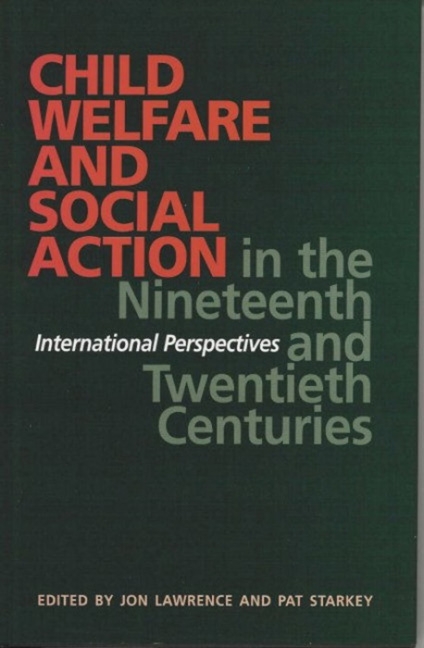Book contents
- Frontmatter
- Contents
- Acknowledgements
- Introduction: Child Welfare and Social Action
- I Gender and ‘Delinquency’
- II Child Emigration
- 3 Fairbridge Child Migrants
- 4 Gender, Generations and Social Class: The Fairbridge Society and British Child Migration to Canada, 1930–1960
- 5 Child Rescue: The Emigration of an Idea
- 6 Changing Childhoods: Child Emigration since 1945
- III Rethinking Philanthropy
- IV ‘Welfare States’ and Child Welfare
- Notes on Contributors
- Index
5 - Child Rescue: The Emigration of an Idea
from II - Child Emigration
- Frontmatter
- Contents
- Acknowledgements
- Introduction: Child Welfare and Social Action
- I Gender and ‘Delinquency’
- II Child Emigration
- 3 Fairbridge Child Migrants
- 4 Gender, Generations and Social Class: The Fairbridge Society and British Child Migration to Canada, 1930–1960
- 5 Child Rescue: The Emigration of an Idea
- 6 Changing Childhoods: Child Emigration since 1945
- III Rethinking Philanthropy
- IV ‘Welfare States’ and Child Welfare
- Notes on Contributors
- Index
Summary
Why did this happen to me? This sense of personal hurt lies at the base of a series of campaigns launched by adult survivors of child welfare systems of the past. While these are essentially political campaigns alleging a transgression of citizen rights, they have their origins in the search for an explanation for past pain and the need to integrate personal experiences of cruelty and loss into public representations of child welfare providers as essentially benevolent and kind. Once launched such campaigns can produce a second level of hurt as the now elderly carers are forced to re-examine their carefully constructed pasts in the face of angry accusations from the media, often retaliating with counter-accusations that the hurt arises from personal inadequacies or that campaigners are victims of a ‘me-tooism’ seeking to piggy-back on the success of others whose sense of hurt they do not dispute.
Over the last decade in Australia, British child migrants, the Aboriginal stolen generation, adult adoptees and state wards from the 1950s have all sought compensation for removal from their families and their subsequent mistreatment in statutory and voluntary child welfare institutions. While there has been, in the media coverage, some sense that there is a historical context to contemporary debate this has seldom been pursued in any depth, with each new accusation greeted as a separate child welfare scandal. This paper examines this historical context, arguing that the policies which justified such removals had a common origin in the nineteenth-century child rescue movement which revolutionised child welfare by positing the parent as the enemy of the child, a shared legacy which provides the discursive context for many contemporary debates. It thus seeks to destabilise the comfortable assumption that such child welfare scandals can be confined to the past, arguing that contemporary practices, which are also ideologically driven, may be similarly fraught.
The Gospel of Child Rescue
The historiography of the child rescue movement has swung from the celebratory approach of writers such as Pinchbeck and Hewitt, through to the condemnation of theorists who, following the work of Anthony Platt, deny that child saving had any altruistic intent, positioning it instead as a subset of a range of new forms of social control designed to fit the working classes to the demands of monopoly capitalism.
- Type
- Chapter
- Information
- Publisher: Liverpool University PressPrint publication year: 2001



